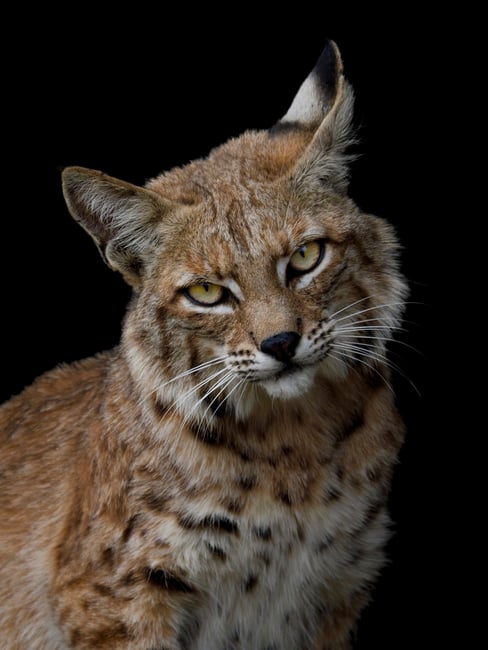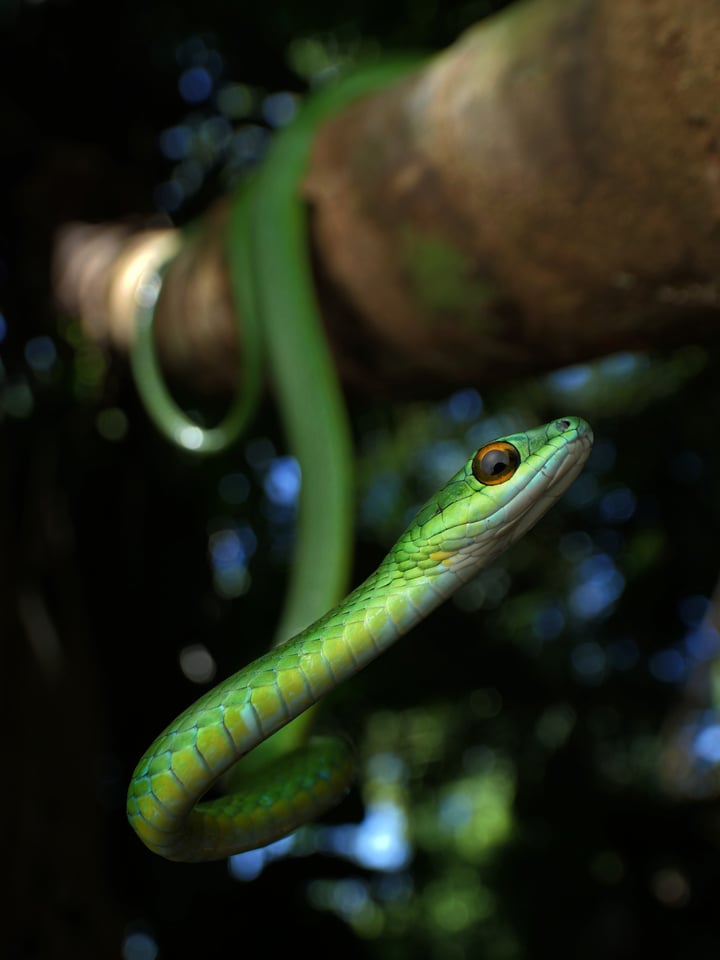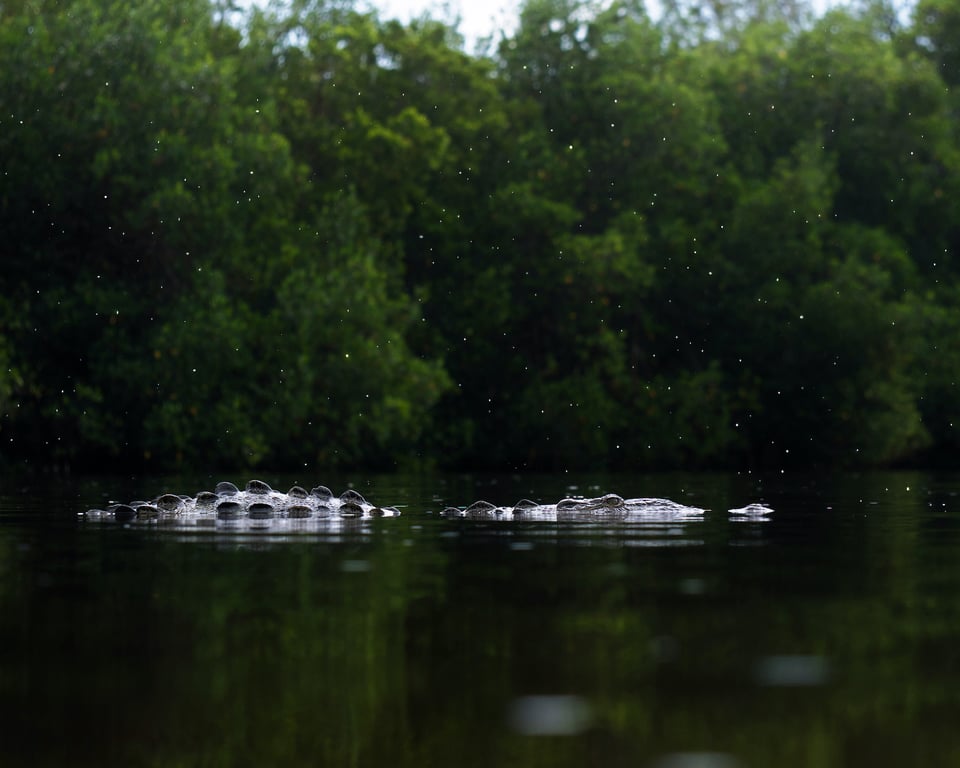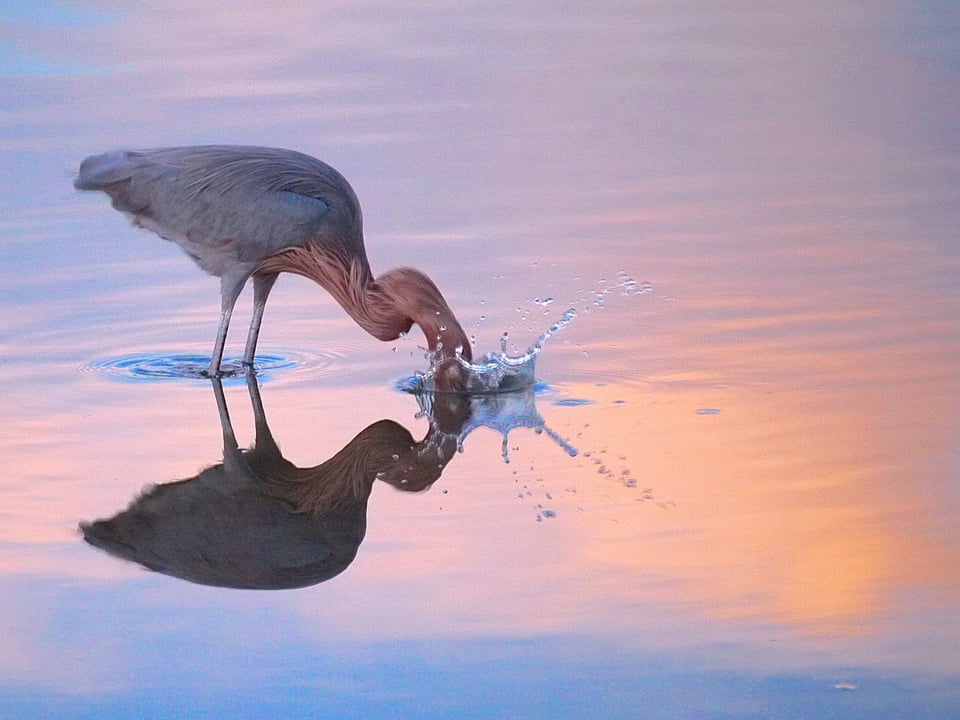مزايا العرض
تتميز كاميرات Micro Four Thirds التي امتلكتها بشاشات عرض ممتازة، سواء في شاشة LCD أو في عدسة الكاميرا الإلكترونية. لقد أصبح هذا أمرًا قياسيًا الآن بعد أن أصبحت الكاميرات التي لا تحتوي على مرايا تتفوق على كاميرات DSLR، لكنني كنت أستمتع بمزايا العرض التي توفرها تقنية micro four Thirds لسنوات.
Display Advantages
The micro four thirds cameras I’ve owned have all featured excellent displays, both in the LCD monitor and the electronic viewfinder. This is becoming standard now that mirrorless cameras are overtaking DSLRs, but I’ve been enjoying the display advantages of micro four thirds for years.






تعليق